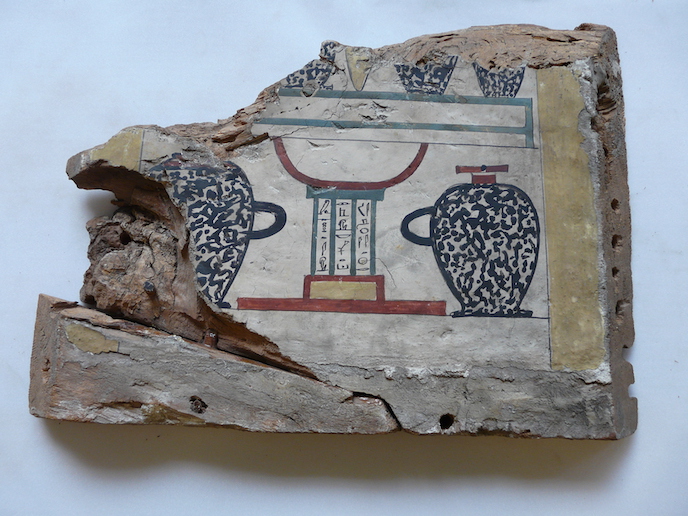Embodied experience bridges the gap between religious belief and practice
Contemporary research into religion typically takes one of two paths. One looks at underlying beliefs, investigated through philosophy of religion approaches. While the other, focuses on actual lived religious practices, which usually combines learning from religious anthropology, ethnology and other empirical disciplines; resulting in an artificial split between the study of beliefs and their associated behaviours. The EU-funded BBP (Bridging Belief and Practice) project set out to further elucidate the hitherto under-theorised properties of religious belief by examining the role of the body in relation to beliefs, finding that embodied experience is core to bridging the gap between approaches. The relevance of embodiment to contextualise seeming irrationality Religious belief is commonly understood as a mental state which holds concepts to be true, such as the notion of ‘God the Trinity’, with behaviours and practices consequently following these religious concepts in a logical manner. Explaining the impetus for BBP, the project’s Marie Curie Research Fellow Dr Elena Kalmykova points out that recent findings in the cognitive science and psychology of religion demonstrate that this approach does not hold up to close scrutiny. For one thing, it doesn’t explain so-called ‘theological incorrectness’ – situations where religious behaviour does not correspond to religious belief. For example, research among Hindus and Christians has indicated that while assenting to theologically correct doctrinal statements, such as regarding God’s omnipresence, practitioners actually tend to relate to God as a human-like agent, bound by limitations of time and space. Explaining BBP’s methodology Dr Kalmykova says, “The project contends that the body is the only thing capable of uniting belief and practice. We form beliefs out of embodied perception and practice beliefs using our bodily capabilities to move, speak, dance etc.” Therefore, when we think of actual experiences of religious practice, such as kneeling in church, these actions cease to be thought of as uncomplicatedly following on from the mental concepts of religious belief. Rather, it is as much the other way around, whereby bodily practice helps people experience that which cannot be properly reduced to words, as it conveys mysteries beyond human understanding. Indeed, BBP shows that religious doctrines that are hard to grasp can be held with the same reverence as sacred artefacts; accepted in a ready-made form and set apart from everyday beliefs, even if the content is only vaguely understood. These can even be turned into material form, such as wearable Torah inscriptions in small leather boxes, called tefillin in the Jewish tradition. As Dr Kalmykova puts it succinctly, “This approach erases the sharp distinction between the mental and material.” Implications for increased tolerance The project helps open up new frontiers in the research of religion with quite far-reaching implications, especially for areas such as interreligious dialogue and policy-making. For example, understanding that doctrinal propositions are not subject to the same scrutiny by believers as everyday beliefs, and so cannot simply be ‘improved’ or ‘disproved’, means that it is futile to try to persuade believers to make changes in them, therefore increasing scope for tolerance. “Instead the focus should be on the way these beliefs are experienced in religious practice and in the social norms they put forward,” Dr Kalmykova says. There are many human traits that are apparently irrational: stubborn political and ideological beliefs, self-deception and biases. This irrationality makes it much harder for economists, sociologists, and political scientists to model and predict human behaviour. Dr Kalmykova is currently looking to further her research by concentrating on the investigation of the embodied basis of human behaviour and its relation to religious and ideological choices and decisions. As she concludes, “The embodied approach can reveal the underlying logic of apparently irrational behaviour, just as investigation of religious beliefs has revealed they are governed not by the rules pertaining to beliefs, but by those governing the treatment of the sacred artefacts in religious practice.”







